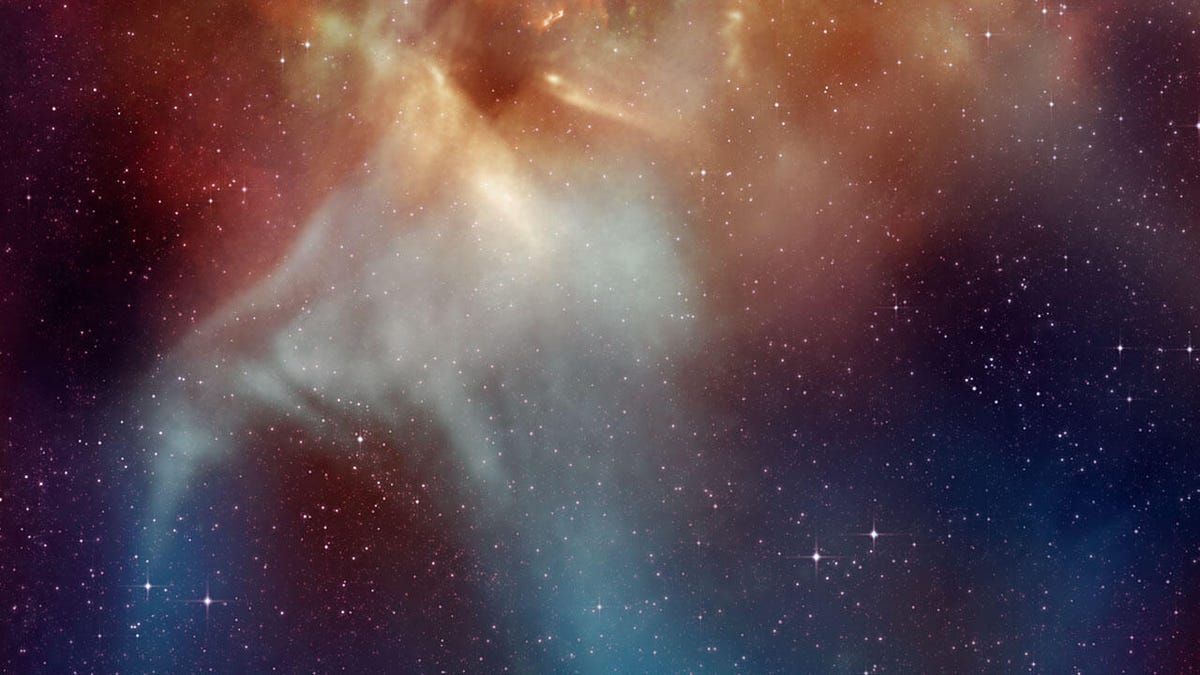Betelgeuse star acting like it's about to explode, even if the odds say it isn't
One of the brightest stars in the sky makes up Orion's shoulder and also looks to be on the verge of going supernova sometime between today and 100,000 years from today.
One of the brightest stars in the sky -- the nearby red supergiant Betelgeuse in the constellation Orion -- has gotten significantly less bright than usual in recent months. And that's leading to excited speculation the monster star could soon go supernova.
Astronomers from Villanova University in Pennsylvania reported earlier this month that Betelgeuse is at a "modern all-time low" magnitude, which is a measure of brightness.
An update from the same team on Monday said that the star has continued to dim over the past two weeks: so much, in fact, that it has gone from being one of the top 10 brightest stars in the sky to about the 21st brightest star.
One of two things could be happening here: Betelgeuse is a variable star that has been dimming and re-brightening for millennia at this point. We could just be seeing its most significant dip in the past half-century or so, which is less than the blink of an eye in this star's lifespan. Most of the scientists who have chimed in about the big red star in recent weeks on social media believe this is most likely what's going down.
"Stars in the later phases of their life go through a lot of variability that we can't fully explain yet ... It probably still has tens of thousands of years, if not 100,000 (left)," astronomer Yvette Cendes of the Harvard-Smithsonian Center for Astrophysics wrote Friday on Reddit.
The other possibility is that Betelgeuse is finally out of fuel and it has begun to collapse in on itself -- a process that is expected to end in a spectacular supernova explosion.
Rutgers University physicist Matthew Buckley also jokingly suggested that a highly advanced alien civilization could be to blame for Betelgeuse's recent dimming.
"No one is asking the real question: Is its dimming a sign that someone is finishing a Dyson sphere around it?" he wrote on Twitter Monday.
Weird how everyone is wondering if Betelgeuse dimming means it is going supernova (sadly, unlikely), but no one is asking the real question: is its dimming a sign that someone is finishing a Dyson sphere around it?
— Matthew Buckley (@physicsmatt) December 23, 2019
A Dyson sphere is a hypothetical megastructure that a super technological society might construct around a star to collect a significant amount of its energy. Imagine something like massive rings of solar panels circling or even encapsulating the sun. Such megastructures have been suggested as possible, if highly unlikely, explanations for the odd behavior of other dimming stars and stars that seem to have disappeared from the sky.
The star is hundreds of light years from Earth, which is close in terms of the cosmos, but far enough away that we don't have to worry about being caught up in a supernova blast. There are some interesting studies out that suggest life on Earth has been affected by nearby supernovas in the past, but even if there is some cause for concern there, the good news is that we'll see Betelgeuse blow hundreds of years before the blast reaches Earth. According to astronomer Sten Odenwald, it would be about another 100,00 years before what's left of the explosion and its highly energetic x-rays arrive, and we'll be protected from them by the magnetic fields of our own sun and Earth.
When Betelgeuse does go supernova -- as most astronomers believe is inevitable -- it will be a huge show. The exploding star will be visible during daylight and might even be brighter than the moon at night. The last such visible supernova in the Milky Way was Kepler's Supernova, all the way back in 1604, which was obvious during the day for over three weeks. Betelgeuse is at least 10 times closer to Earth and has a mind-boggling radius that would extend to engulf not only all of our inner solar system if it was put in place of the sun, but also Jupiter.
Size comparison: Betelgeuse and the sun
A number of astronomers are making sure to throw lots of cosmic cold water of the notion of Betelgeuse going supernova in the near term. NASA's Eric Mamajek points to research finding the odds of the event happening in the coming decades at about a tenth of a percent and notes that accounts of the star's long history of variable brightening and dimming can even be found in Australian Aboriginal oral tradition.
Astrophysicist Heloise Stavance even made a handy infographic breaking down the data:
So, we're probably not going to get a second moon in the sky for the holidays, at least not from the direction of Betelgeuse.
"It's not even the star closest to going supernova -- that honor goes to Eta Carinae," Cendes says.
Eta Carinae is a two-star system about 10 times further away that's already been erupting in its own spectacular death throes for decades now. It may actually be the next star system to light up daytime. Either way, keep an eye on the sky!
Originally published Dec. 23.


